I’ve been to SE Asia 6 times, but I always put off going to Vietnam. It’s its own world, and it requires a lot of nuance to explore well.
Most other SE Asian cultures were heavily influenced by India about 2,000 years ago, and they imported their Hindu and Buddhist religions, myths and alphabets. But China invaded Vietnam then and ruled it for about 1,000 years. Vietnam’s cultural patterns are thus unique.
I wanted to see China before going to Vietnam so I could distinguish what’s uniquely Vietnamese from its foreign influences. But I fell in love with China and spent more time traveling there than I expected. But Vietnam was worth the wait. It’s a very special land, and it’s full of uniquely Vietnamese cultural treasures that most people don’t know about yet.
We’ll take a look at Vietnam’s land in this post because it shaped Vietnamese culture.
The first thing I noticed was, it’s drop-dead gorgeous. Vietnam has some of the most beautiful scenery I’ve ever been in. Towering mountains, lush rice fields, white beaches and dense jungles–you won’t mistake Vietnam for Kansas.
Vietnam’s land has inspired a lot of delicate feelings for nature. Artists have expressed them in ways that aren’t well known because most people in the West only know Vietnam for the American War and current business opportunities. I’ll fix that in this blog.
But lots of places have natural diversity, including my neck of the woods, California. What makes Vietnam unique?
1. Vietnam curves in a very long and thin S pattern. It has much more coast relative to land than California.
2. Each end has a broad flood plain with lots of rice fields–the Red River basin up north and the land around Ho Chi Minh City down south.
3. The land in between is full of jungles and mountains. So is the area to the west of most of the coast.
Vietnam has thus been a very hard land to unify politically. At the same time, Chinese, French and Americans tried to control it. All went back home with their tails between their legs, but only after causing a lot of misery which toughened Vietnamese will to keep fighting for their land.
So 2 contrary themes have been intertwined in Vietnamese culture for 2,000 years: ethereal beauty and political conflict. They’re still unresolved. Vietnam’s economy has grown quickly with a low cost and highly skilled labor pool. The country was noticeably much better off than Cambodia as soon as I crossed the border. But the wealth is unevenly distributed, and the government is very corrupt and repressive.
But over the centuries these 2 themes have blended into some of Asia’s most interesting cultural wealth. Ways that they’ve meshed are as fascinating as the natural landscape. We’ll explore them in future posts on Vietnam.

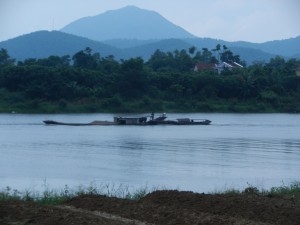
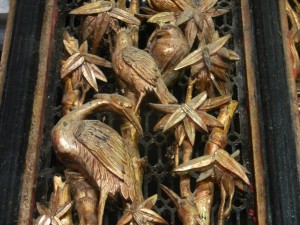
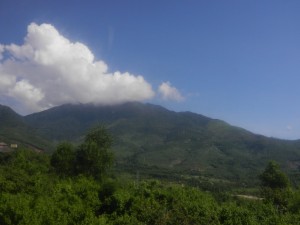
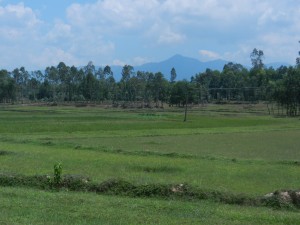
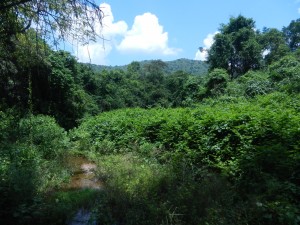
{ 2 comments }
Government and History Vietnam has a long history of occupation and war. For 2,000 years, it was intermittently independent and dominated by China. In 1883, it was colonized by France. Vietnam fought a war of independence against the French from 1946 to 1954 and was embroiled in a war with the United States from 1965 to 1974. After the war, North and South Vietnam, separated in 1954, were united. In 1995, the United States established diplomatic relations with Vietnam.
These fireworks have grabbed more media attention than Vietnam’s cultural wealth. The latter deserves much more than it’s had.
Comments on this entry are closed.